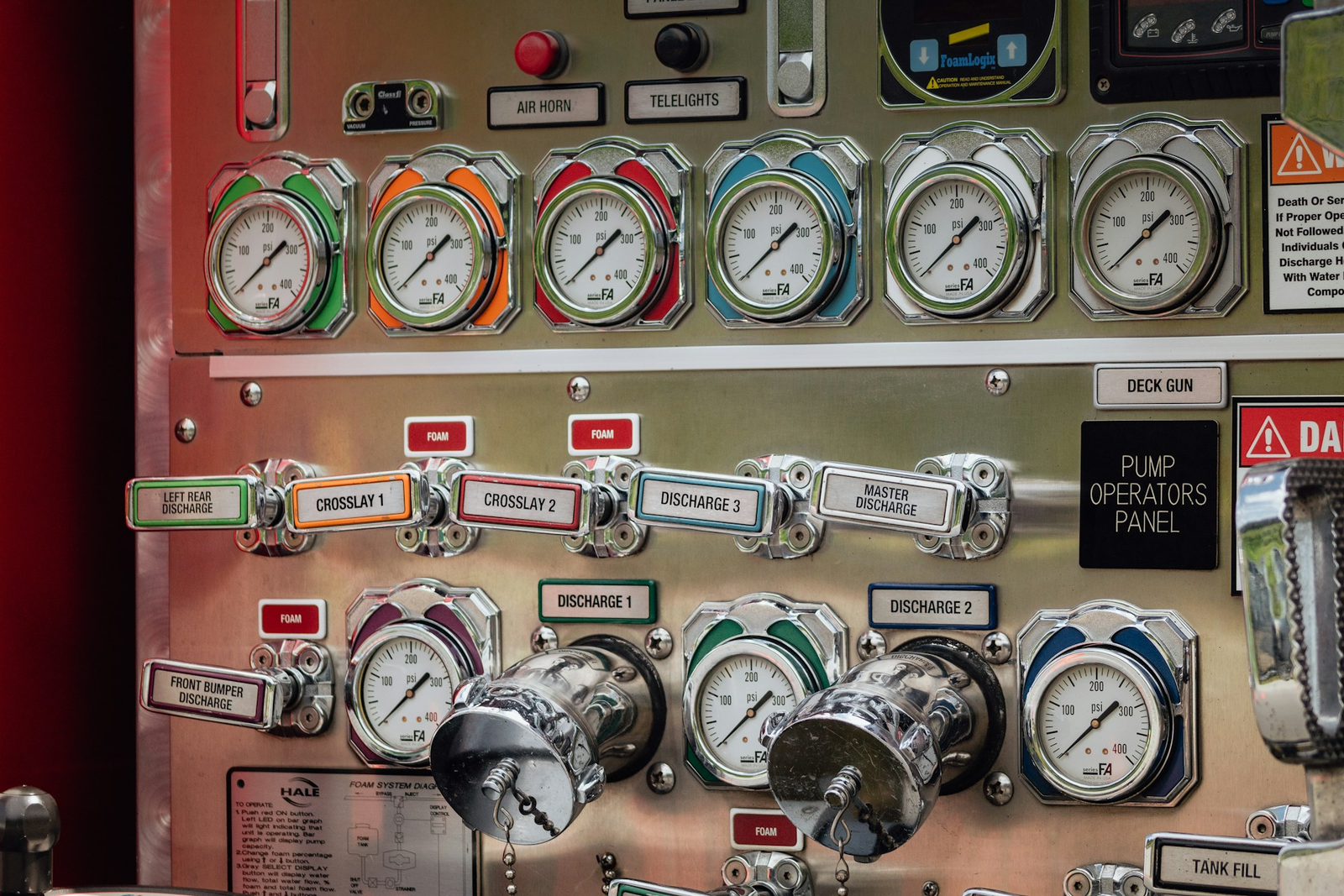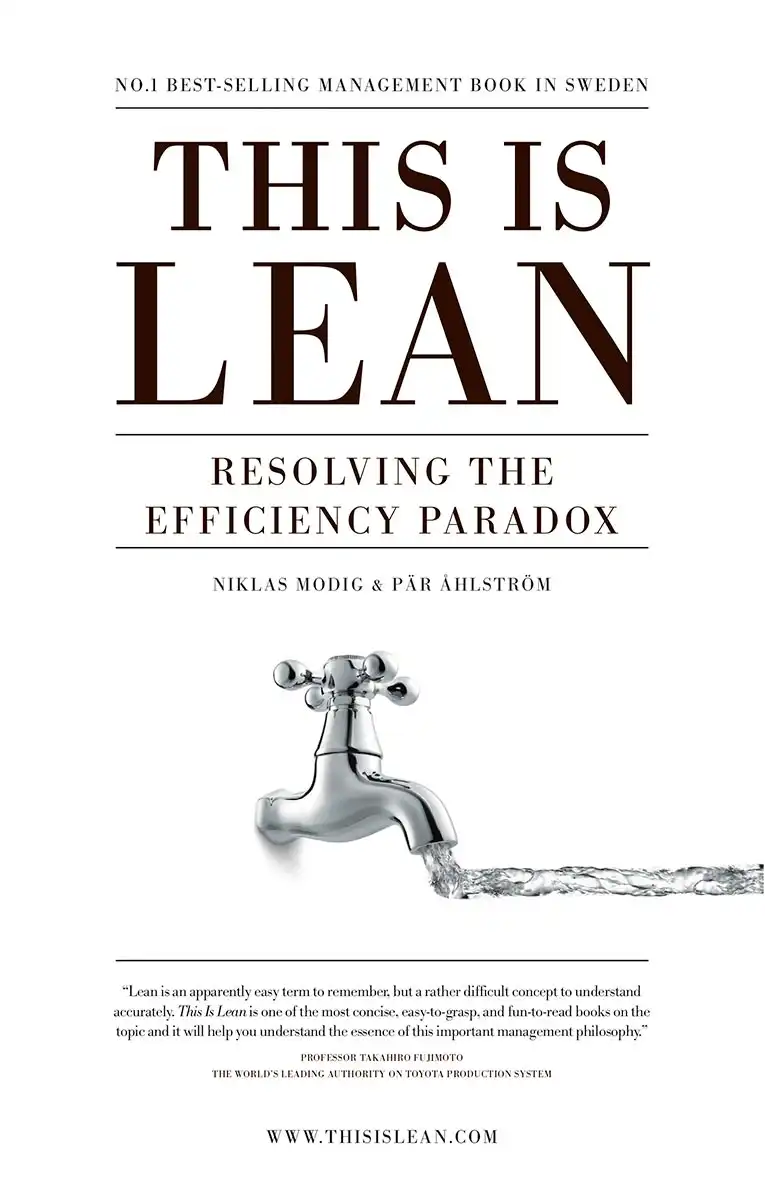Wednesday, October 8, 2025 • 3 min read
When Too Much Efficiency Kills Efficiency


The Efficiency Paradox
Everyone wants to be more efficient. But by over-optimizing, many organizations end up exhausting themselves.
The observation: always more, always faster
Most organizations have a huge bias: making resource optimization a priority. This usually takes two forms. On one hand, we break down activities into sub-tasks and specialized functions. On the other hand, we seek economies of scale: pooling, centralizing, standardizing, repeating.
In both cases, we have defined a combination of resources: employees, equipment, infrastructure, that represent a cost.
To this cost is added the opportunity cost, that is, the value of what we don't do: an inactive employee, a stopped machine. We consider this as "wasted" expense, so we try to keep everyone busy, all the time.
The perverse effects: when the system seizes up
The problem is that this approach prioritizes internal needs, "how do we produce?", at the expense of customer needs, the "what" and the "why".
Pushed to the extreme, this logic creates effects contrary to those sought: waiting times that lengthen, hidden costs that explode, and widespread frustration, both among customers and teams.
For example, prolonged waiting creates new needs: follow-up calls, additional meetings, patients to manage, hotels to book for delayed flights, ... They also close opportunities: requests that become obsolete, lost customers, candidates recruited elsewhere. And they create overwork: temps to train, quality problems to fix, exhausted employees on sick leave.
The density of added value
Result: 100% occupancy is achieved, but the density of added value decreases. In other words, we do more and more, to ultimately produce less real value in proportion.

The paradox
Resource efficiency then becomes inefficient for the customer. This is the paradox of a system obsessed with "full employment" of its resources, at the expense of the value stream.
Prioritizing resource efficiency generates three major forms of inefficiency:
- Longer processing times, which generate new needs (follow-ups, tracking, meetings), close opportunities, and create secondary needs.
- Multiplication of simultaneous activities, which requires additional resources to sort, filter, coordinate, and prioritize, degrades quality and control, and ultimately increases stress and team burnout.
- Incessant "stop and go" cycles, which cause losses of information, context, and knowledge, increase cognitive load, and reduce actual production capacity.
What now?
Once this observation is made, an alternative emerges. Rather than seeking to maximize resource efficiency, the goal is to achieve flow efficiency, which reduces waiting times and focuses on creating value from the customer's point of view.
By changing this lens, we free the system: many pockets of inefficiency disappear on their own, and teams' energy refocuses where it truly creates value.
This is the good news: most organizations are sitting on a reservoir of latent value, which can be revealed by adopting a flow-centered approach.
Flow efficiency is the subject of another article.
Going Further
If you want to know more, I recommend reading this book:

This is Lean
By Niklas Modig and Pär Åhlström
This book brilliantly explains the difference between resource efficiency and flow efficiency. Through clear examples and engaging storytelling, it demonstrates why focusing on flow efficiency leads to better outcomes for both customers and organizations.
The key insight: organizations often optimize for keeping resources busy (resource efficiency) when they should optimize for smooth value flow (flow efficiency). This fundamental shift in thinking is at the heart of Lean.
I've already recommended and given it to countless friends and colleagues.
Learn more about the book →If you don't like reading, call me. I love discussing it.